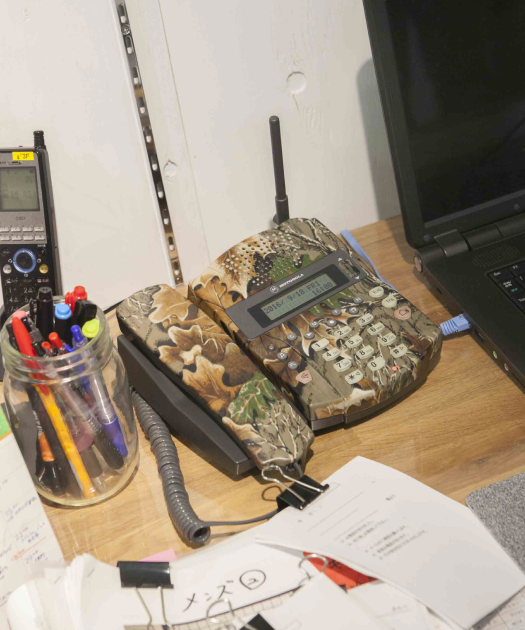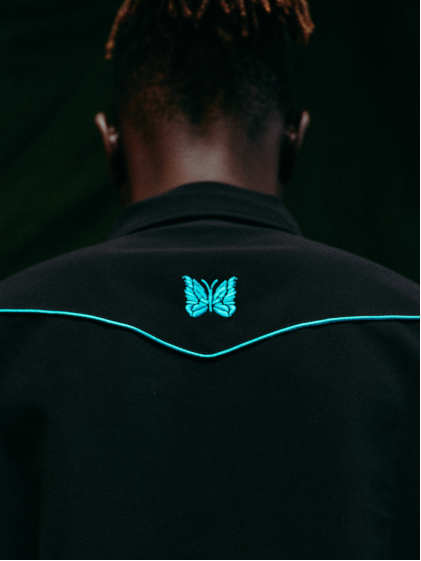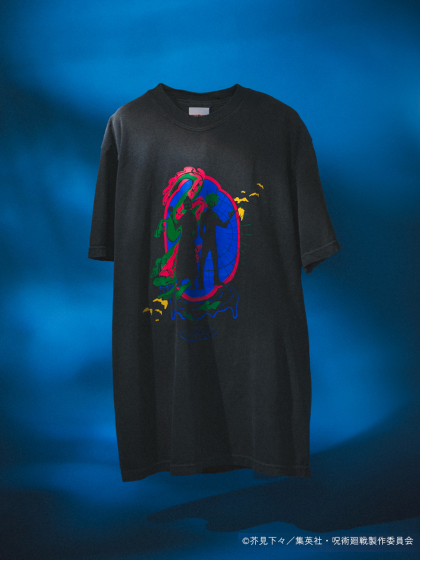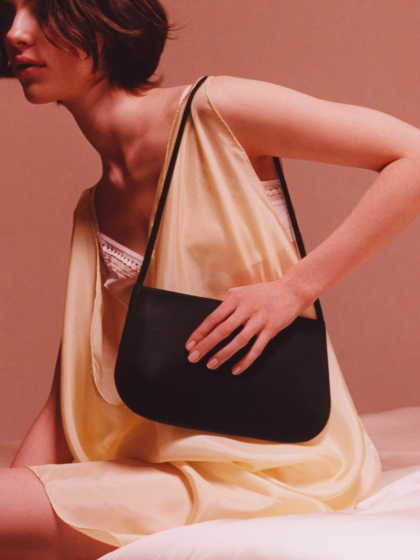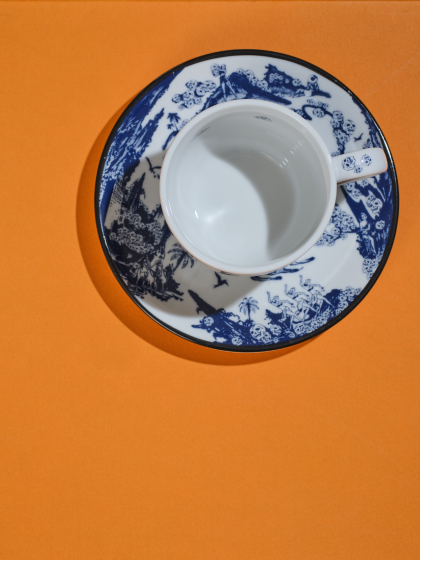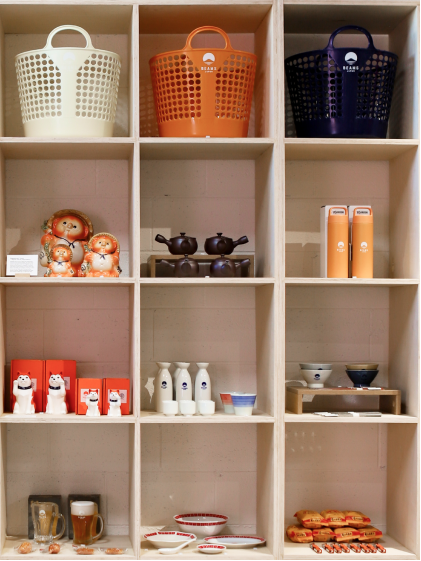In 1989, just as Japan moved from the Showa era to the Heisei era, the Bubble Economy popped. Yet despite these economic woes, the Japanese youth fashion scene became even more frenetic. And when the heart of Japanese fashion moved to the Shibuya neighborhood at the end of the 1980s and into the early 1990s, the once simple idea of “casual” fragmented into multiple segments. No longer was Japanese fashion a monolithic entity: the streets overflowed with a mix of French casual, outdoor looks, and beachy “gal” styles. Japanese specialty stores were the perfect format for these diverse tastes, and competition from other specialty shops like United Arrows, Ships, Baycrews, and Tomorrowland pushed the Japanese fashion market into an era of great rivalry.
1990's
Fashion Segmentation and Cultural Transmission
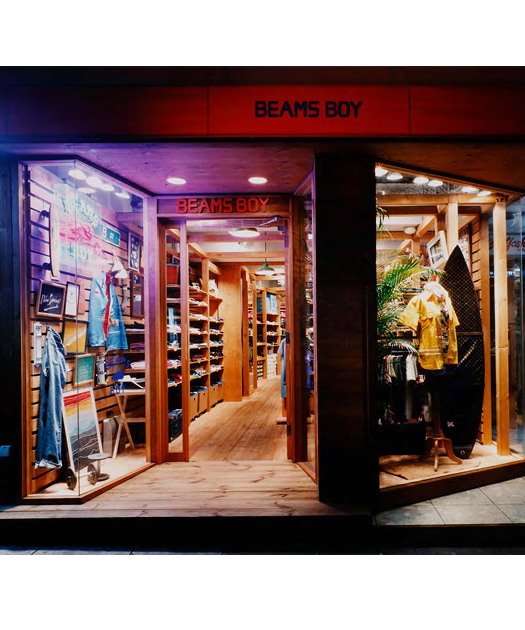
Consumers had a multitude of options, including independent street-wear brands such as A Bathing Ape®, which opened right behind Beams Harajuku, as well as the Sofia Coppola– approved X-Girl and her own brand, Milkfed. This style, which sprouted up in the small alleys off the main Harajuku strip, became known as Ura Hara (back Harajuku). These brands not only spread across Japan but also won over the London and New York street-wear scenes as well.
To meet the needs of the times, Beams launched multi-label complexes around Japan and expanded its footprint into the broader culture. The company opened cafés, an art gallery, the bPr Beams label to sell housewares, and the Beams Records record label. Buyers in London supplied Beams Modern Living with a selection of midcentury and Scandinavian furniture. The store was later rebranded as fennica, which now sells traditional crafts from Japan and abroad.
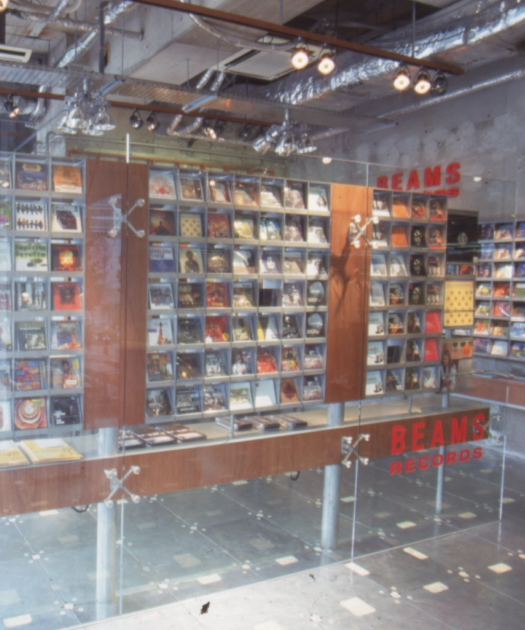
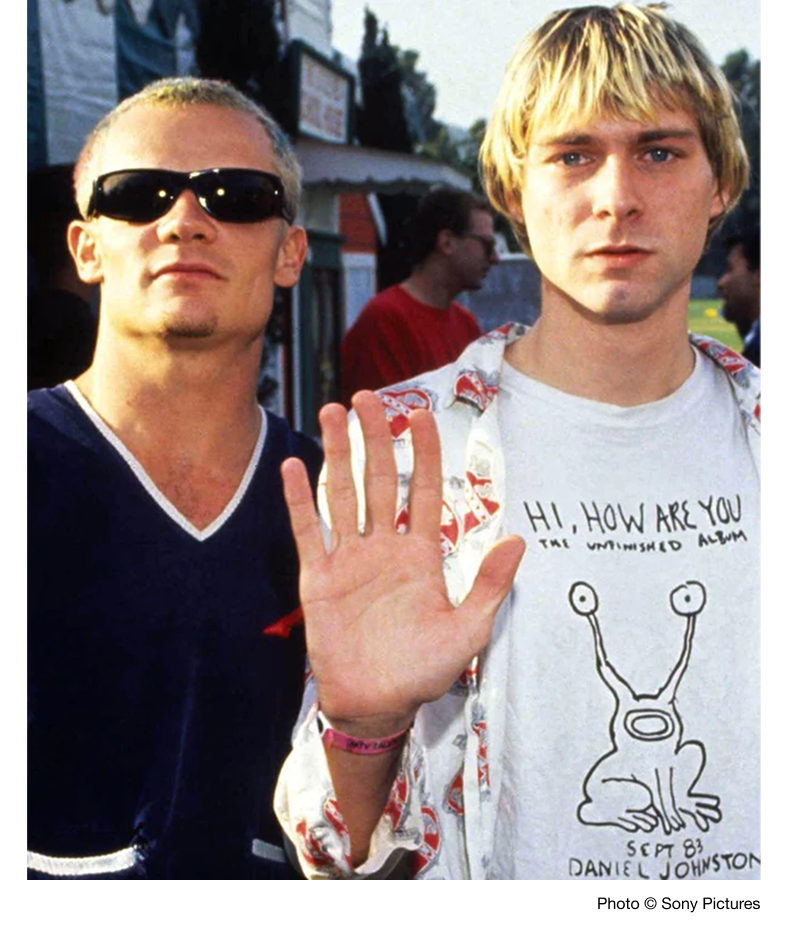
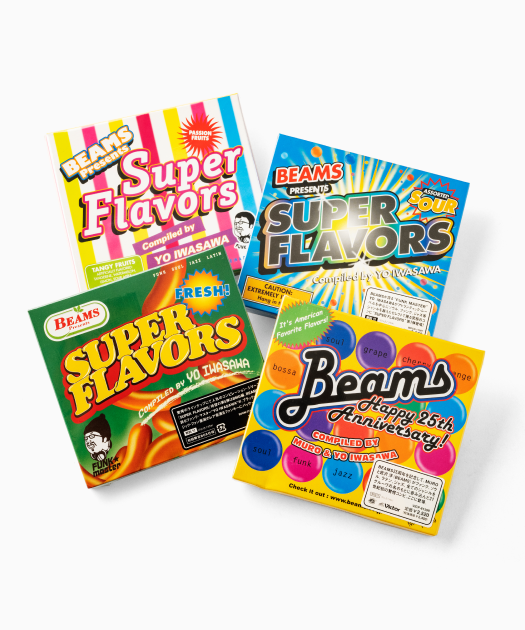
In 1997 Beams established Beams Works to collaborate with companies such as Sony and Casio. The project included working with Motorola to offer a phone in one hundred different colors, creating Japanese fonts with graphic designer Jonathan Barnbrook, and leading a team of Japanese artists to produce an entire hotel. In 2002 this desire to work with other creators led to Beams T, which would give artists a blank canvas for their designs in the form of a T-shirt.
Beams also tried out new ways of promoting the brand. The company created the first-ever collaboration issue of the magazine Visionaire and invited the world-famous photographer Terry Richardson to shoot a seasonal catalogue. Beams’s self-published concept book Light (its name given by Sofia Coppola) won the New York Art Directors Club award.
Many Japanese apparel companies suffered during the collapse of the Bubble Economy and the subsequent fragmentation of consumer tastes. But for Beams, the 1990s became a moment for the brand to show its strengths in not just adapting to but encouraging cultural exploration.
Text: Kaname Murakami / WWD JAPAN, Editor-In-Chief W.DAVID MARX / Author of "Status and Culture" and "Ametora"
